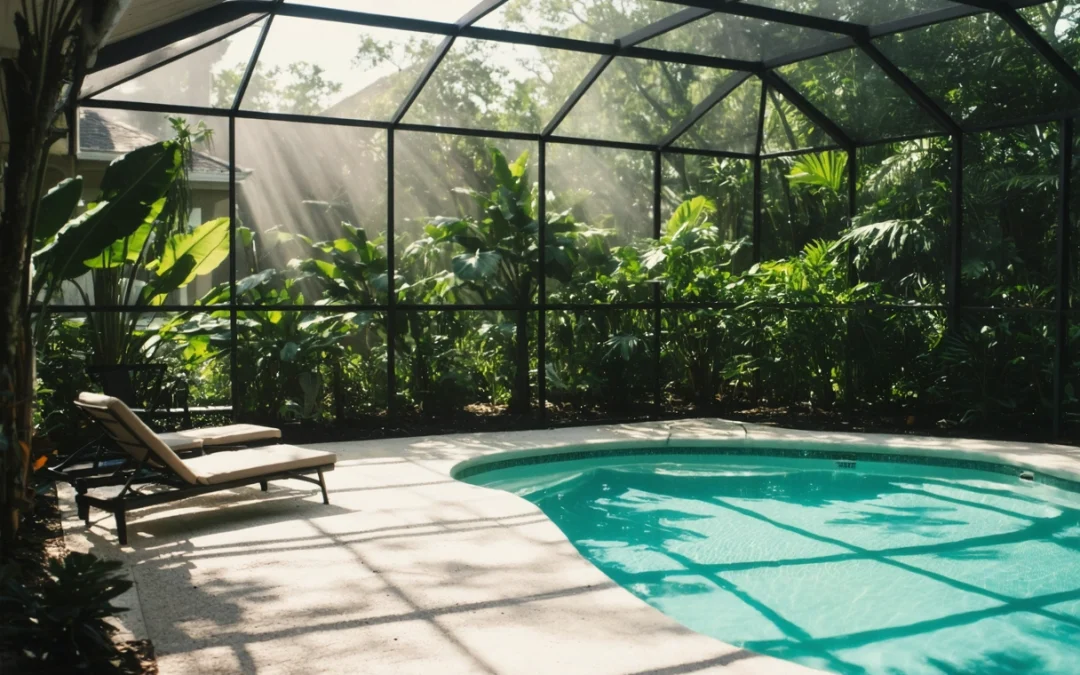The Ultimate Guide to Choosing the Perfect Pool Enclosure for Your Southwest Florida Home
Living in Southwest Florida means enjoying abundant sunshine, tropical breezes, and beautiful outdoor spaces. For many homeowners, a backyard pool is the centerpiece of this paradise. However, while pools offer immense fun and relaxation, they also come with maintenance challenges, bugs, debris, and the intense Florida sun. That’s where the right pool enclosure comes in, transforming your pool area into a year-round oasis. In this comprehensive guide, we’ll walk you through everything you need to know about selecting the ideal pool enclosure for your Southwest Florida home, ensuring you maximize comfort, style, and functionality.
Whether you’re building a new pool or upgrading your existing setup, selecting the right enclosure is crucial for enhancing your property value, reducing maintenance, and creating a safe, enjoyable environment for family and guests. Let’s dive into the key considerations, benefits, and options available to help you make an informed choice tailored to your unique needs and preferences.
Why Pool Enclosures are Essential for Southwest Florida Homes
The subtropical climate of Southwest Florida is both a blessing and a challenge for pool owners. While the weather allows for year-round swimming, it also brings intense heat, heavy rainfall, high humidity, and a range of insects, especially mosquitoes. A well-designed pool enclosure acts as a barrier against these elements, offering a multitude of advantages:
- Protection from Insects: Enclosures keep out mosquitoes, flies, wasps, and other pests, making your pool area far more comfortable and reducing the risk of bites and stings.
- Debris Reduction: Leaves, twigs, and yard debris are kept at bay, significantly cutting down on cleaning and maintenance time.
- Sun and UV Protection: Modern screening materials can filter harmful UV rays, helping protect your skin and prolonging the life of poolside furniture.
- Improved Safety: Enclosures create an additional layer of security, especially important for families with children or pets.
- Enhanced Privacy: Some enclosure styles offer increased privacy, allowing you to enjoy your pool with peace of mind.
- Extended Swimming Season: By reducing wind and moderating temperature, enclosures allow you to use your pool comfortably in cooler months.
For more information on the benefits of outdoor living enhancements, explore this HGTV guide to screen enclosures.
Types of Pool Enclosures: Finding the Right Style for Your Home
Pool enclosures come in a variety of designs, each with unique features and aesthetic appeal. Understanding the differences can help you select the enclosure that best complements your home and lifestyle.
Screen Enclosures
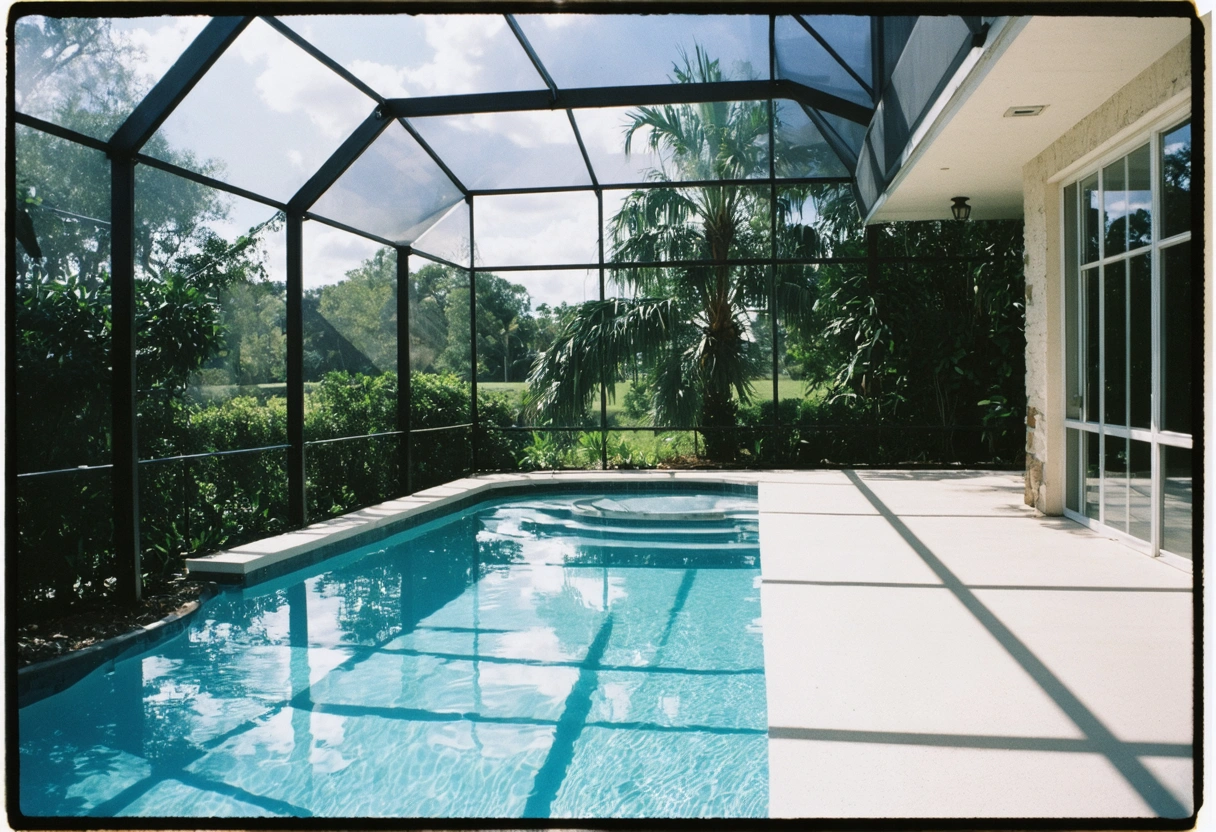
Screen enclosures, also known as pool cages, are the most popular choice in Southwest Florida. They feature an aluminum frame with fine mesh screening that lets in air and light while keeping out bugs and debris. Screen enclosures are ideal for homeowners who want to maintain an open, airy feel and enjoy unobstructed views of the outdoors.
Glass Enclosures
For those seeking year-round protection and a more climate-controlled environment, glass enclosures are an excellent option. These structures use tempered glass panels within an aluminum frame, providing exceptional insulation and soundproofing. Glass enclosures can be fitted with sliding or retractable panels for flexibility and ventilation.
Polycarbonate and Acrylic Enclosures
Polycarbonate and acrylic panels offer a middle ground between screens and glass. They are lightweight, durable, and provide better insulation than mesh screens. These enclosures can be fixed or retractable, allowing you to open up the space on pleasant days. Polycarbonate is strong enough to withstand impacts, making it a resilient choice for storm-prone areas.
Dome, Gable, and Mansard Roofs
The roof style of your enclosure not only impacts how it looks but also how it performs. Dome roofs are curved, providing excellent runoff for rain and a more spacious feel inside. Gable roofs feature two sloping sides, creating a classic, elegant silhouette and optimal airflow. Mansard roofs combine flat and sloped sections, offering a modern look and maximizing headroom.
Custom-Designed Enclosures
If you have specific architectural or landscaping requirements, a custom-designed enclosure can integrate seamlessly with your home’s style. Custom options allow for unique shapes, multi-level designs, and specialized features like privacy screens, built-in lighting, or even integrated outdoor kitchens.
To see visual examples of these enclosure types, visit this collection of pool enclosure ideas.
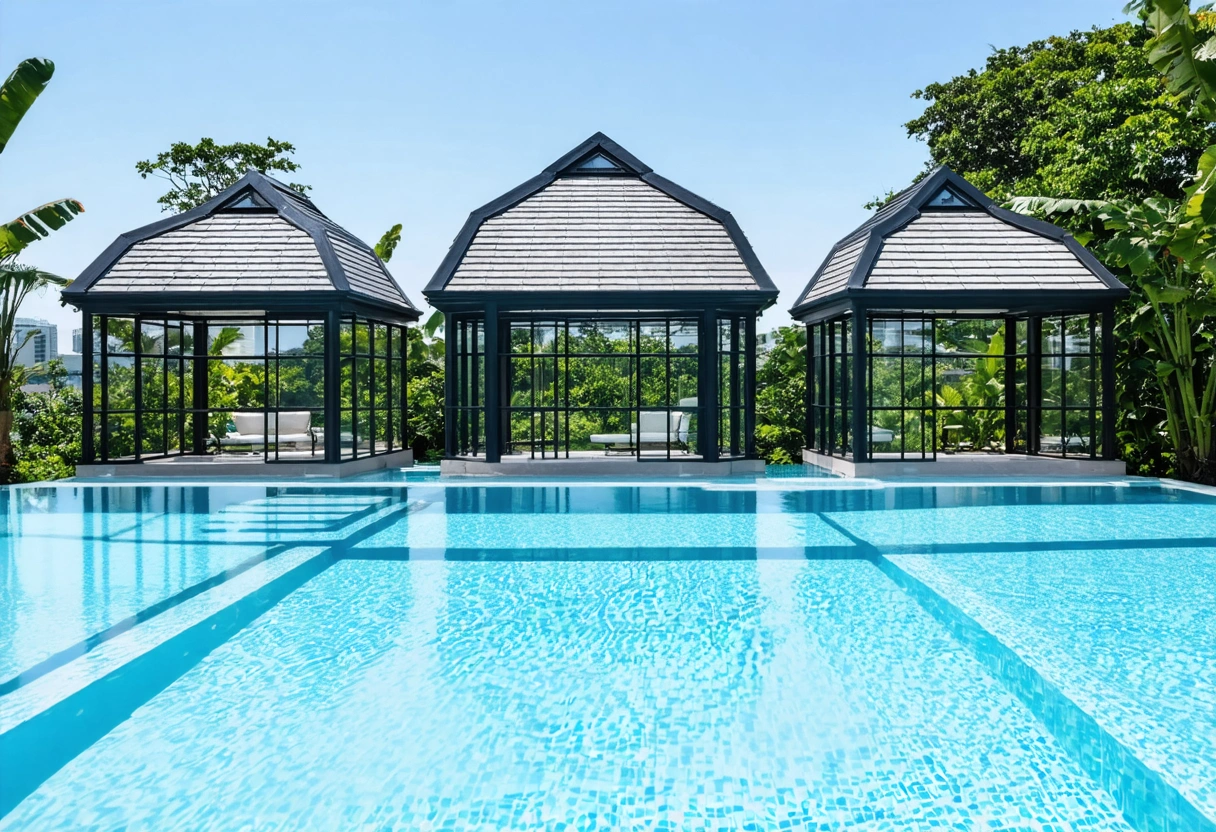
Material Matters: Choosing the Best Components for Durability and Style
The materials used in your pool enclosure play a significant role in its longevity, appearance, and maintenance requirements. In Southwest Florida’s humid, coastal environment, selecting weather-resistant materials is paramount.
Frame Materials
Aluminum is the gold standard for pool enclosure frames. It’s lightweight, strong, and highly resistant to corrosion. Most aluminum frames are powder-coated, which adds an extra layer of protection and allows you to choose from various colors to match your home.
Steel frames are less common due to their susceptibility to rust, but when properly treated, they can offer superior strength for large or custom enclosures. However, they require more maintenance in coastal climates.
Screen and Panel Materials
Fiberglass Mesh is the most common screening material, offering a good balance of durability, visibility, and airflow. It resists mildew and can handle the sun’s rays without deteriorating quickly.
Polyester Mesh is another option, known for its flexibility and strength. It’s less prone to stretching and sagging over time.
Solar Screens are specialty meshes that block a higher percentage of UV rays and heat, helping to keep your pool area cooler and further protecting your skin and furnishings.
Glass and Polycarbonate Panels are used for solid enclosures. Look for panels that are UV-resistant and rated for impact, especially in hurricane zones.
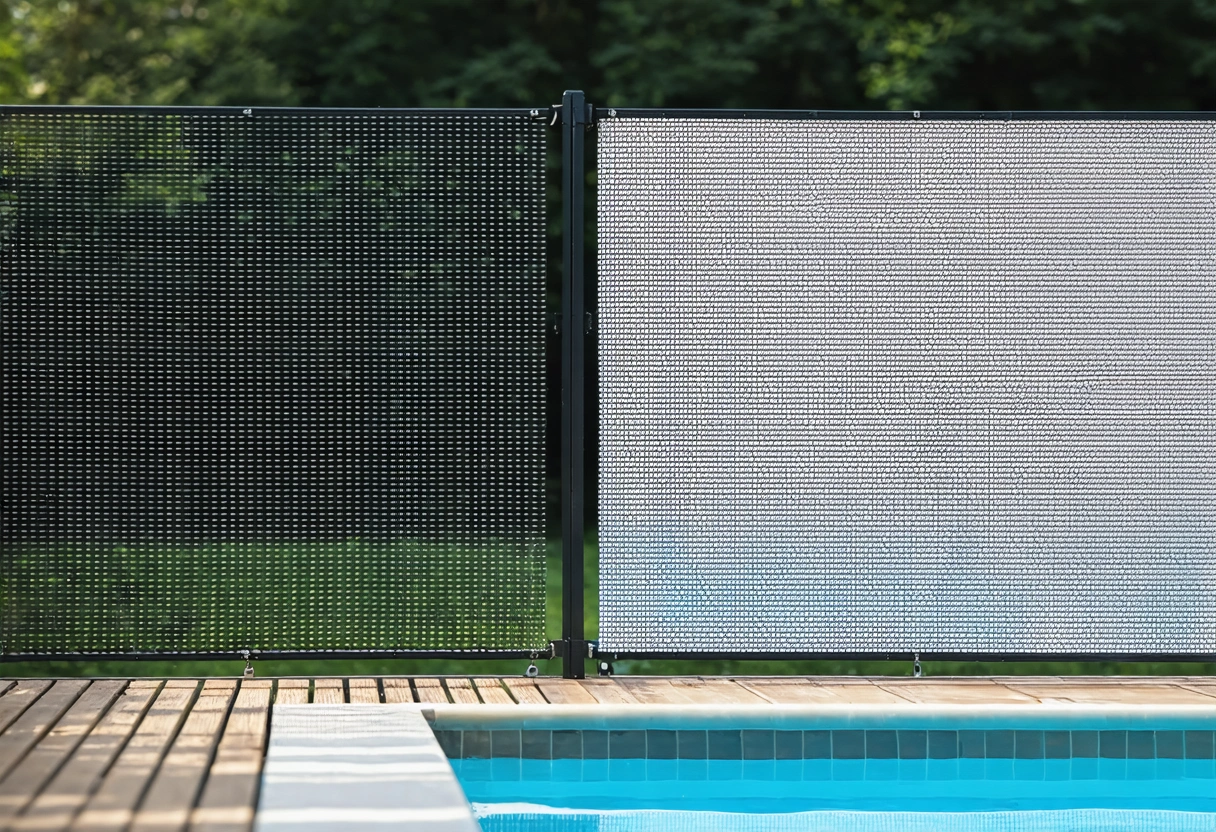
For detailed technical information on enclosure materials, refer to this Homebuilding & Renovating pool enclosure material guide.
Key Considerations for the Southwest Florida Climate
Southwest Florida’s climate presents unique challenges that should shape your pool enclosure decision. The region is known for its intense sun, frequent rain showers, high humidity, and the annual threat of hurricanes. Here’s how to ensure your enclosure stands up to local conditions:
- Wind and Hurricane Resistance: Look for enclosures engineered to meet or exceed local building codes for wind resistance. Reinforced aluminum frames, securely anchored footings, and impact-rated panels are crucial for safety and durability.
- Corrosion Prevention: Salt air and humidity accelerate corrosion. Choose powder-coated or anodized aluminum and stainless-steel fasteners to prevent rust and extend the life of your enclosure.
- Sun and UV Protection: Opt for screening or panels with UV inhibitors. Solar screens and treated glass can minimize heat gain and protect against fading or sun damage.
- Drainage and Water Management: Ensure your enclosure design includes adequate gutters and downspouts to handle heavy rainfall and prevent water from pooling around your foundation.
For regional building codes and hurricane safety resources, consult this Florida Disaster Hurricane Mitigation page.
Design, Functionality, and Lifestyle Integration
Beyond practical concerns, your pool enclosure should enhance your lifestyle and complement your home’s design. Consider how the enclosure will be used, who will use it, and how it will fit into your overall outdoor living space.
Size and Layout
Think beyond just covering the pool. Many homeowners choose to enclose a larger area to create a true outdoor living room, complete with lounge areas, dining spaces, and even outdoor kitchens. Decide if you want a simple pool cage or a more expansive lanai that encompasses the patio and more.
Privacy Features
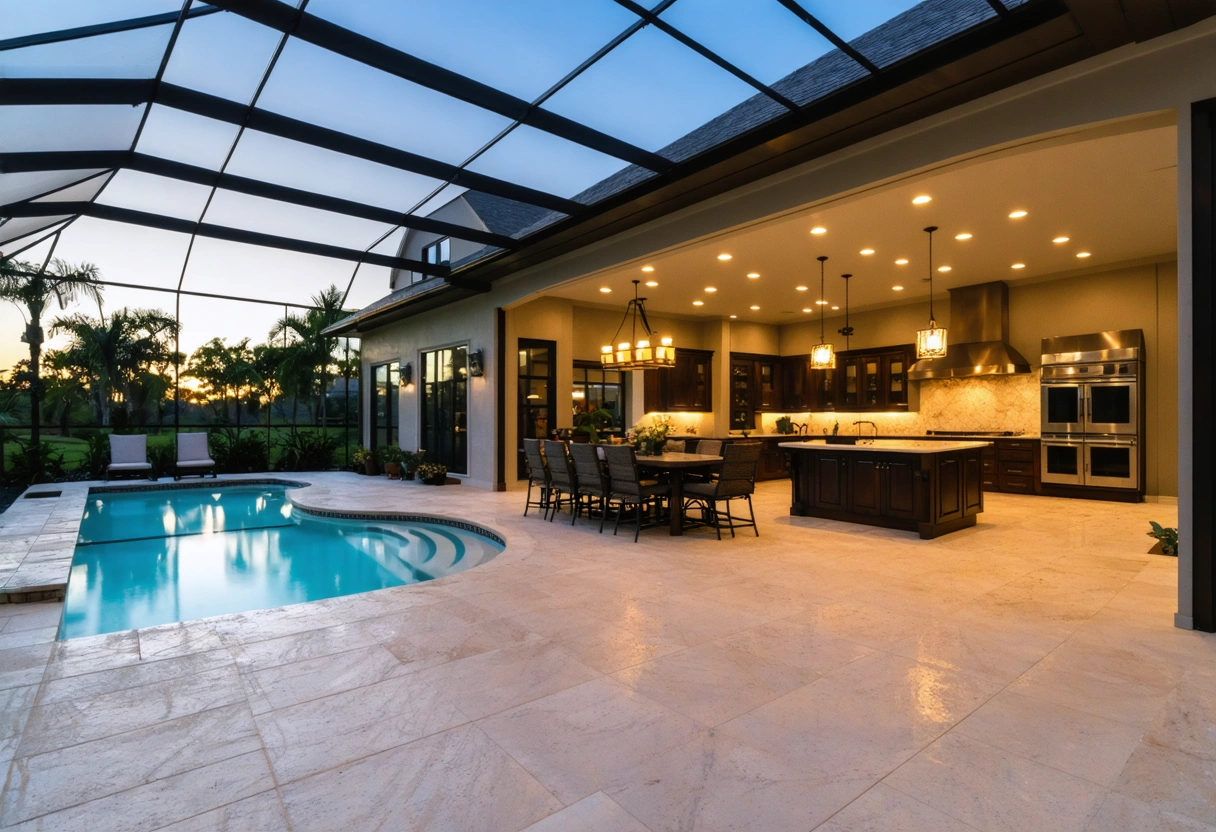
If your property is close to neighbors or a busy street, privacy screens or frosted panels can be added. Landscaping, such as tall shrubs or strategic plantings, can also provide natural screening and enhance the beauty of your enclosure.
Lighting and Ambiance
Integrated lighting extends the usability of your pool area into the evening. Consider LED fixtures, string lights, or even smart lighting systems controlled by your phone. Ceiling fans, heaters, and misting systems can further increase comfort throughout the year.
Accessibility and Safety
Ensure doors and access points are easy to use and meet safety codes, especially if children or elderly family members will enjoy the space. Self-closing and self-latching gates are required by law in many areas for child safety.
For creative inspiration on outdoor living design, browse this Southern Living pool enclosure ideas gallery.
Cost, Installation, and Maintenance: What to Expect
Investing in a pool enclosure is a significant but worthwhile expense. The cost can vary widely based on size, materials, design complexity, and additional features. On average, expect to pay between $6,000 and $20,000 for a standard screen enclosure, with custom or solid-panel designs reaching $30,000 or more.
Installation Process
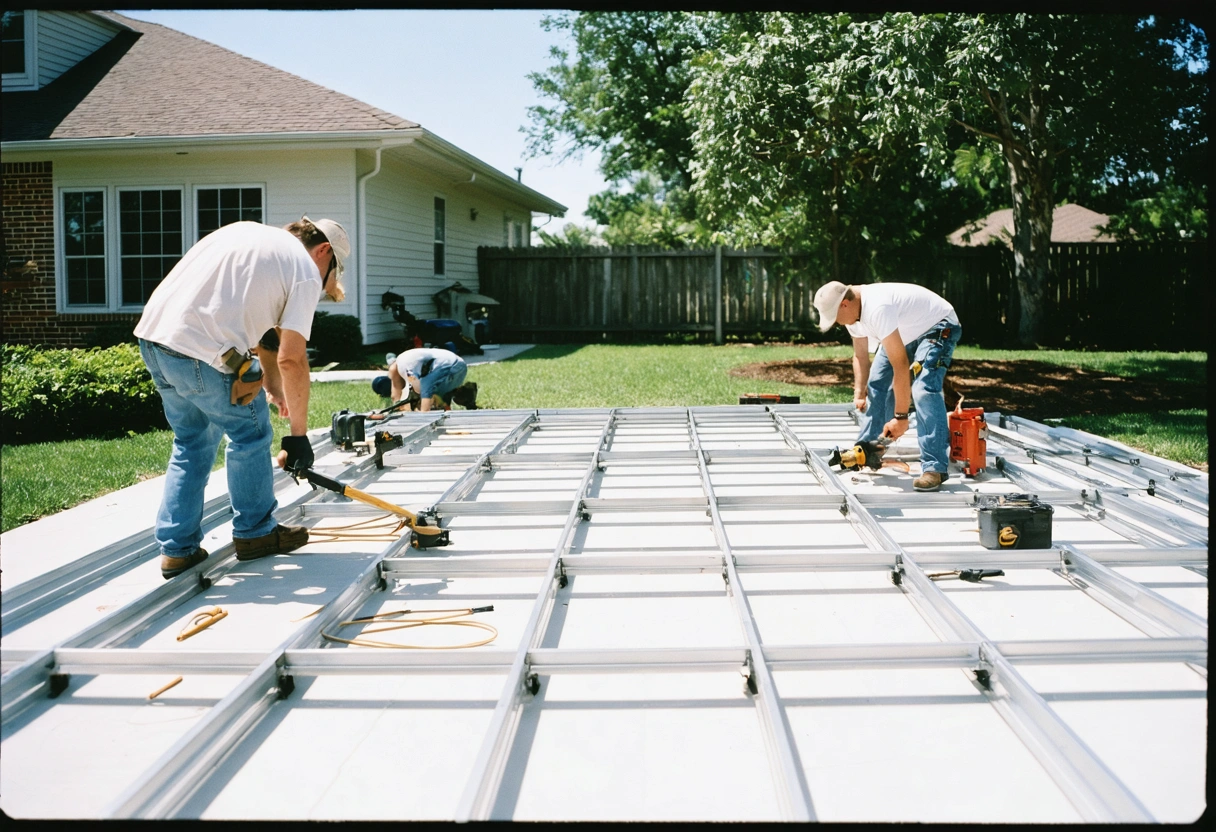
Professional installation is essential for ensuring safety, code compliance, and long-term durability. The process generally includes:
- Site assessment and measurements
- Permitting and engineering (especially for hurricane-rated structures)
- Fabrication of frame and panels
- On-site assembly and installation
- Inspection and final approvals
Maintenance Tips
Maintaining your pool enclosure is straightforward. Regular cleaning with a soft brush and mild detergent will keep screens and frames looking fresh. Inspect for tears, loose fasteners, or corrosion at least twice a year, and address any issues promptly to avoid more significant repairs. Lubricate door hinges and locks as needed, and keep gutters clear of leaves and debris.
To learn more about budgeting and maintenance, see this Forbes guide to pool enclosure costs.
Enhancing Your Southwest Florida Lifestyle with the Perfect Pool Enclosure
Choosing the perfect pool enclosure for your Southwest Florida home means balancing beauty, functionality, safety, and climate resilience. A thoughtfully selected enclosure not only protects your pool from insects and debris but also extends your outdoor living season, adds privacy, and increases your home’s value.
From sleek screen cages and robust glass enclosures to custom designs that reflect your unique style, the options are nearly limitless. By considering materials, climate challenges, design features, and professional installation, you can create a pool enclosure that transforms your backyard into the ultimate retreat.
If you’re ready to take the next step, consult with reputable local contractors who specialize in pool enclosures and familiarize yourself with local regulations and hurricane preparedness. With the right guidance and planning, your new pool enclosure will become the highlight of your Southwest Florida lifestyle, delivering years of enjoyment and peace of mind.
Need help with The Ultimate Guide to Choosing the Perfect Pool Enclosure for Your Southwest Florida Home?
